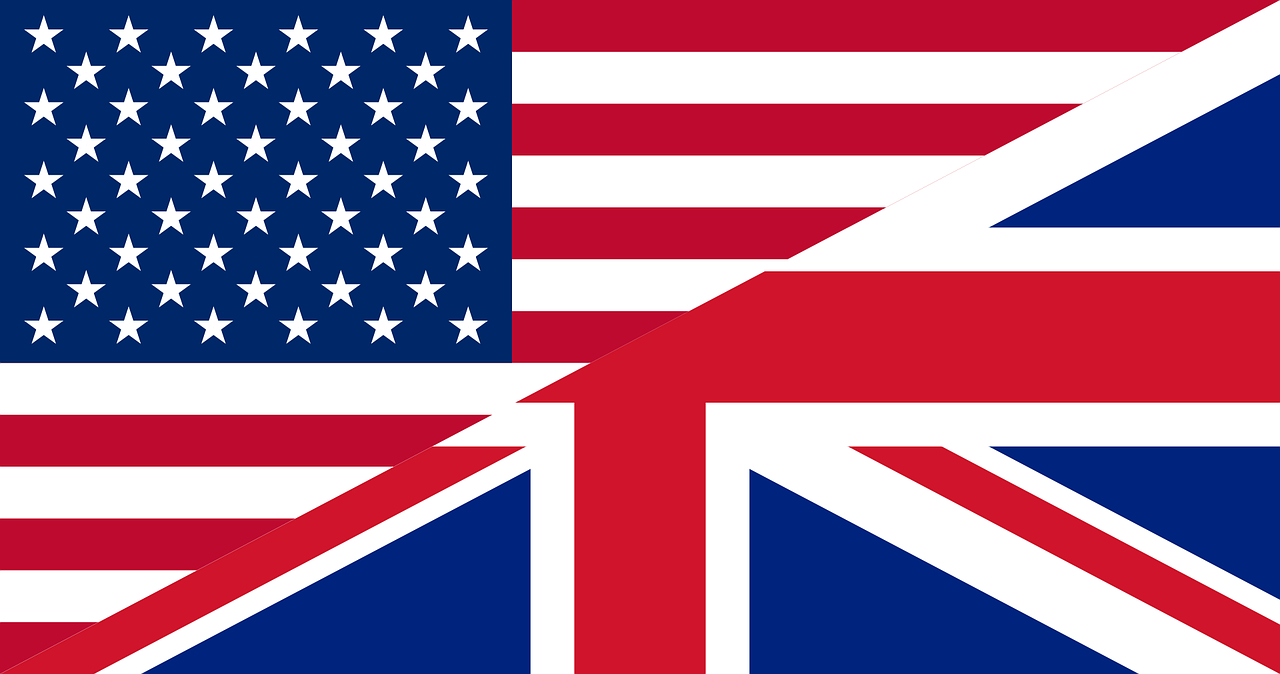1) Nutrition and Dietetics Department, Yusuf Şerefoğlu Faculty of Health Sciences, Kilis 7 Aralık University, Kilis, 79090, Türkiye; 2) Food Engineering Department, Engineering Faculty, Gaziantep University, 27310, Gaziantep, Türkiye; 3) Physics Engineering Department, Engineering Faculty, Gaziantep University, 27310, Gaziantep, Türkiye
Effect of hybrid cooking (ultrasound – ohmic – infrared) method on textural and microbial properties of beefs
Auswirkung einer hybriden Garmethode (Ultraschall – Ohmsch – Infrarot) auf die texturellen und mikrobiellen Eigenschaften von Rindfleisch
Anıl Uzun Özcan1), Medeni Maskan2), Metin Bedir3), Hüseyin Bozkurt2)
Summary
Effects of hybrid cooking (ultrasound – ohmic – infrared) and ohmic cooking alone on textural and microbial properties of beef were investigated to get safer and high quality cooked beef. In hybrid cooking, the beef samples pre-treated with ultrasound for 10, 20 and 30 minutes were cooked ohmically at 40, 55 and 70 Volt for 7 minutes, finally infrared cooking was applied to each side of beef at 3 different temperatures (163, 191 and 218 °C) for 3 minutes. Texture profile of beef muscle (hardness, springiness, cohesiveness, gumminess, chewiness, and resilience) was followed during the processing of hybrid and ohmic cooking alone. At hybrid cooking, voltage increment had a significant effect (p<0.05) on hardness, chewiness and gumminess values. On the other hand, generally springiness, cohesiveness and resilience values were not affected significantly (p>0.05) by voltage gradient. After ohmic cooking alone, total aerobic mesophilic bacteria (TAMB) count significantly decreased (p<0.05) from 5.73 to 4.02 log cfu/g, while total coliform (TC) count decreased from 5.01 to below detection limit by increasing voltage level. However, hybrid cooking process was successful for killing of microorganisms as TC and TAMB counts mainly reached well below detection limits. In this study, hybrid cooking can be considered to be more efficient over ohmic cooking alone since it gave synergistic effects with respect to textural properties and provide best microbiological safety and quality of beef.
Keywords: ultrasound, ohmic, infrared, beef cooking, textural properties, microbial properties
Korrespondenzadresse E-Mail
hbozkurt@gantep.edu.tr
Weitere Informationen zum Beitrag
Arch Lebensmittelhyg 75,
38–43 (2024)
DOI 10.53194/0003-925X-75-38
Copyright
© M. & H. Schaper GmbH & Co.
ISSN 0003-925X

